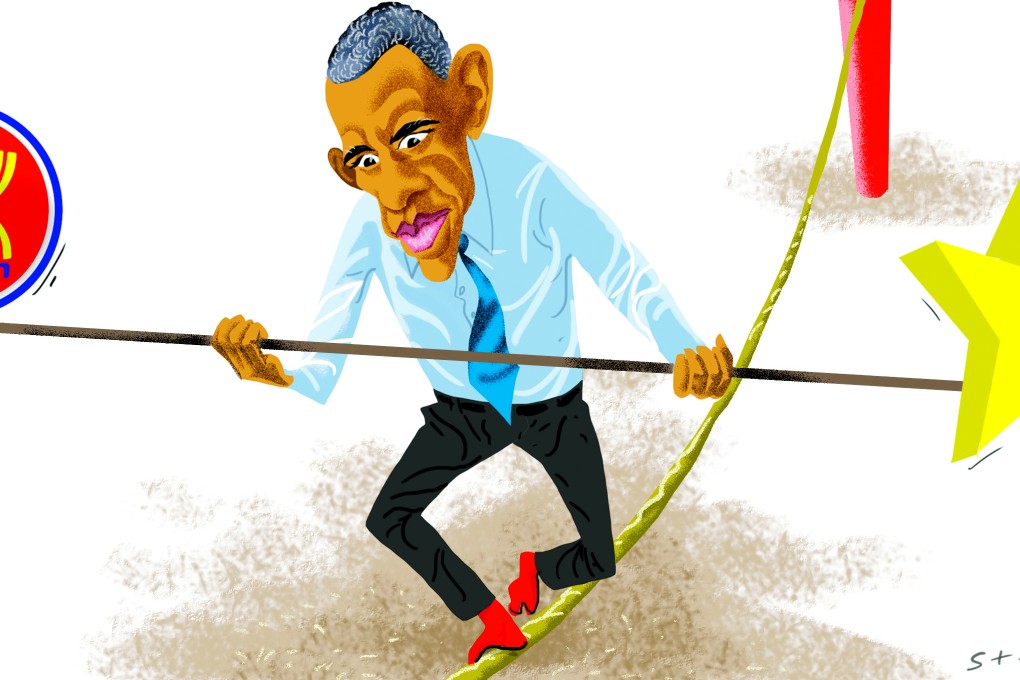What the US can (and can’t) do to keep Asean united
Simon Tay says as Southeast Asian leaders prepare for the upcoming US summit, the Obama administration will need to work to balance the needs of the group’s diverse membership while seeking to avoid antagonising Beijing, particularly over South China Sea disputes


READ MORE: US says Asean summit Obama plans to host this month is ‘not anti-China’
It was Obama, after all, who inaugurated the US-Asean leaders’ meeting in 2009, and evolved it into a series of summits.

Many may think that the US support for Asean unity is merely instrumental, a rallying call against Beijing
Just last month, US Secretary of State John Kerry called for Asean unity while visiting Laos, the current chair of the group. But reaching out can be read in the context of controversies over the South China Sea, where China has claims to territories that overlap and conflict with claims by four Asean member states.
Very recently, US forces conducted a freedom of navigation exercise into waters that China claims. Military alliances in the region, especially with Japan and the Philippines, have also been re-emphasised. Many may therefore think that the US support for Asean unity is merely instrumental, a rallying call against Beijing.

On the South China Sea issue, Washington should support Asean efforts to negotiate a code of conduct with China, to prevent escalation. But it must be a united Asean that leads on this; the group’s position cannot be dictated by any single claimant to the disputed areas. Nor will it help if China seems confronted by America and its allies.